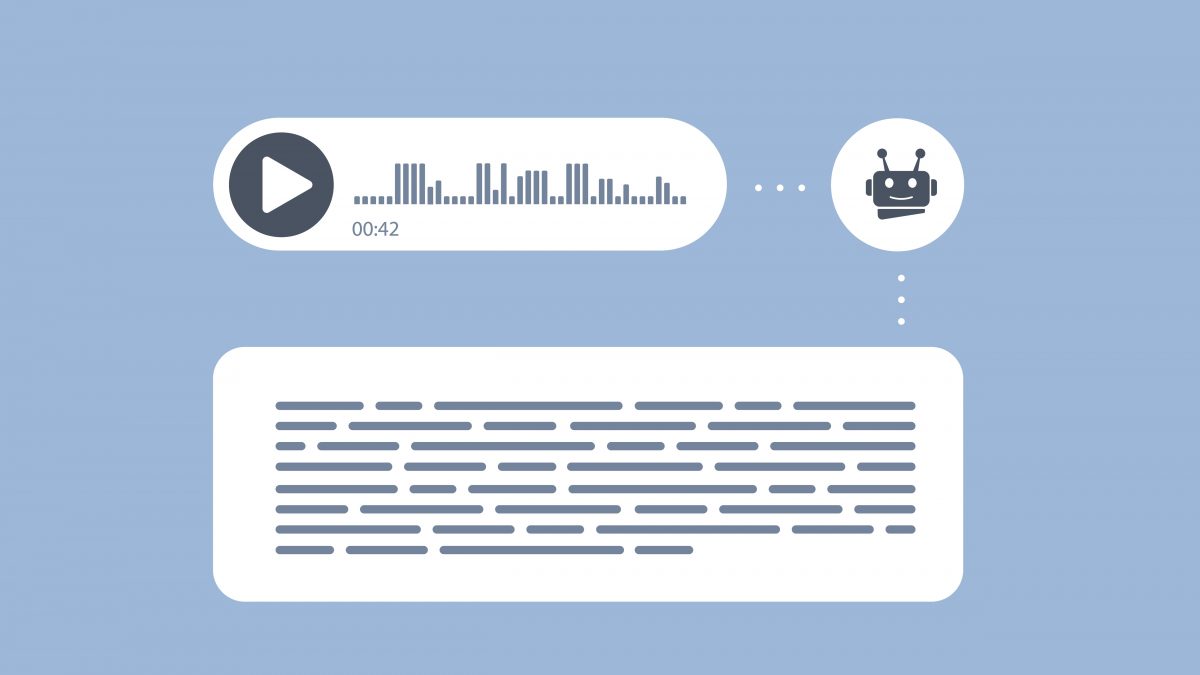
Has COVID Changed How We Deliver Care?
22nd April 2025
Expert Misconduct and Medico-Legal Responsibility: A Case of Irresponsibility in Moodliar v GMC
20th May 2025The integration of artificial intelligence (AI) into healthcare continues to accelerate, with AI-driven transcription of clinical encounters becoming increasingly common. Designed to reduce administrative burden and improve documentation efficiency, these tools promise significant benefits. Yet, beneath the surface of this digital convenience, there may be hidden medico-legal risks that clinicians, legal professionals, and institutions must carefully consider.
The Appeal of AI Transcription
Clinicians today spend a considerable portion of their time on documentation, often at the expense of direct patient care. AI transcription tools, which automatically convert spoken clinical interactions into structured text, offer an appealing solution. These systems can streamline workflows, increase accuracy by minimizing human error, and provide near-instant documentation, enhancing both efficiency and the patient experience.
When integrated with electronic health records (EHRs), AI transcription systems can also help standardize notes and ensure completeness. From a legal perspective, having a full and verbatim record of a consultation might seem advantageous, particularly in defending the quality of care in contentious cases.
The Hidden Risks
However, the medico-legal implications of relying on AI for clinical transcription are not entirely benign. There are several areas where risks may be hidden or poorly understood.
1. Accuracy and Contextual Errors
While AI transcription technology has improved markedly, it is not infallible. Misinterpretation of medical terminology, failure to accurately capture accents or speech patterns, and missing contextual nuance remain ongoing challenges. In legal proceedings, such errors could be used to suggest negligence or miscommunication, even if the clinician’s actual practice was appropriate.
For example, if a system transcribes “no chest pain” as “chest pain,” the implications for clinical decision-making and liability could be profound. Unlike human scribes, AI lacks the clinical judgment to query ambiguities or confirm uncertain phrases.
2. Consent and Confidentiality
Recording clinical encounters, whether for transcription or analysis, raises significant issues around patient consent and data protection. Patients may not fully understand that their conversations are being transcribed by an AI system, or where that data is stored and processed.
From a legal standpoint, failure to obtain explicit and informed consent could breach both ethical and data protection standards (e.g., GDPR in the EU or HIPAA in the U.S.), with potential civil or regulatory consequences.
3. Documentation Inflation and Legal Exposure
AI transcription often results in more complete, and potentially more verbose, documentation than a clinician would typically create. While this can enhance clarity, it may also expose clinicians to greater legal scrutiny. Minor inconsistencies, casual remarks, or moments of uncertainty—typically omitted from hand-written notes—may now be captured and become part of the legal record.
In this sense, a “perfect” transcript may paradoxically offer more material for legal critique, rather than less.
4. Audit Trails and Liability
AI-generated notes may not always provide clear audit trails indicating who reviewed or edited the transcription. In litigation, questions may arise about authorship and responsibility: Who owns the final note? Who is accountable for any errors it contains? If the AI makes a mistake and a clinician fails to spot it, liability may still fall on the human provider.
This blurring of responsibility presents complex challenges, particularly in establishing standards of care and accountability in legal contexts.
Navigating the Risk
To mitigate these risks, several safeguards should be implemented:
- Human Oversight: Clinicians must retain responsibility for reviewing and validating all AI-generated notes.
- Informed Consent: Patients should be clearly informed—preferably in writing—that AI tools may be used to record and transcribe consultations.
- Audit and Training: Institutions must maintain clear audit trails and ensure clinicians are trained in using and verifying AI outputs.
- Policy Alignment: Legal and compliance teams should ensure AI use aligns with data protection laws, professional standards, and institutional risk management policies.
Conclusion
AI transcription of clinical encounters offers transformative potential for healthcare—but it is not without hidden dangers. From transcription errors to data privacy and documentation inflation, the medico-legal implications are nuanced and significant. As this technology becomes embedded in clinical practice, a vigilant and informed approach is essential to ensure that convenience does not come at the cost of professional or legal vulnerability.




